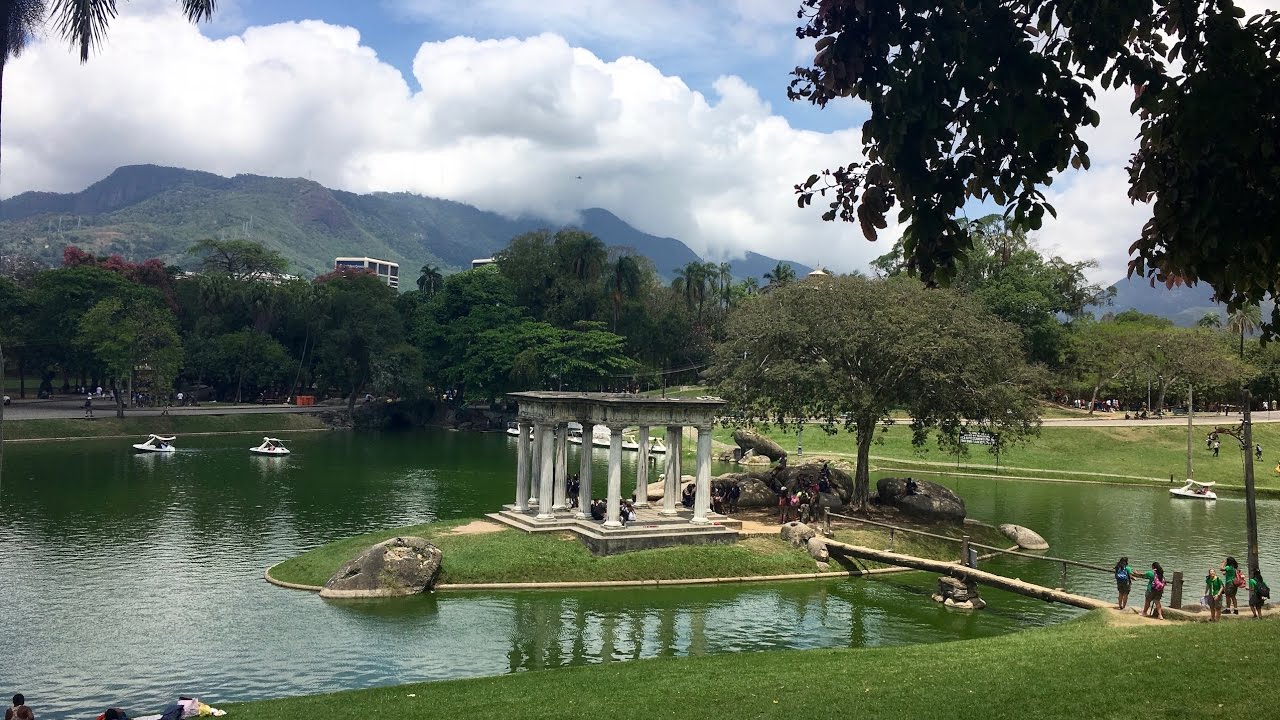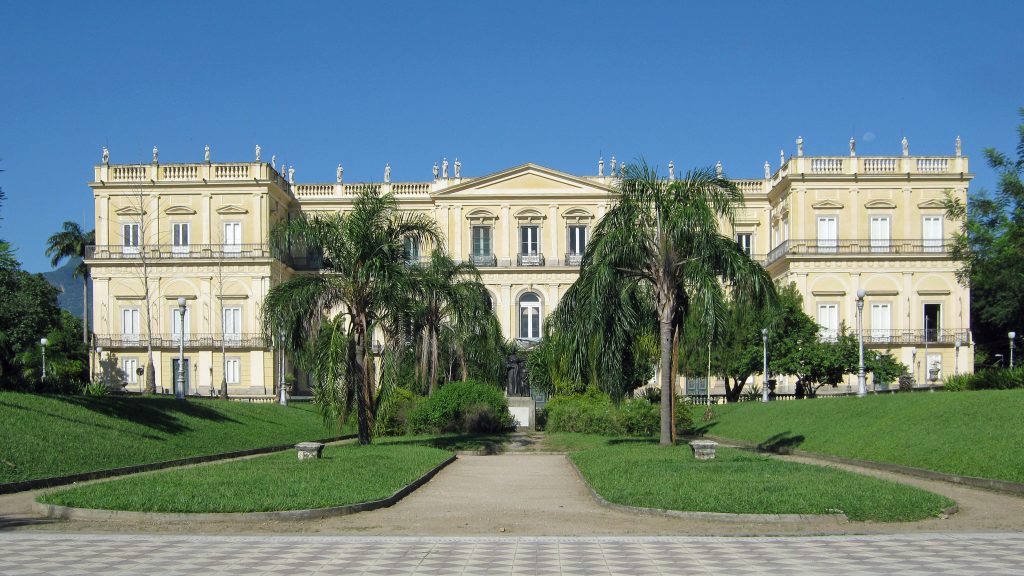RIO DE JANEIRO, BRAZIL – Quinta da Boa Vista Park is much more than the zoo. This area has plenty of history to be recounted.
During the 16th and 17th centuries, the region where Quinta da Boa Vista is located today was a Jesuit farm. In 1759, the friars were removed from the place and the area was taken over by landowners.

The years went by and only one man assumed responsibility for the entire area that today comprises Quinta da Boa Vista: the Portuguese merchant Elias Antônio Lopes. The presence of Elias in the area inspired its current name.
“In 1803, Elias built a mansion on a hill, from which there was a good view of Guanabara Bay. This gave rise to the name ‘Quinta da Boa Vista’ (“Good View Farm”)”, as the research website ‘O Rio de Janeiro de Antigamente’ (“Rio de Janeiro in olden days”) suggests.
In 1808, the Royal Family landed in Brazil and there were not many residential buildings in Rio de Janeiro to house the Court. Therefore, Elias Antônio Lopes donated his property to Prince Regent D. João, who decided to convert it into a Royal Residence.
With the independence of Brazil, during the Empire, the Imperial Palace became the official residence of the Brazilian government. However, Quinta da Boa Vista remained under the possession of those who ruled the country and continued “generating” power.

“Emperor Dom Pedro II was raised and taught at Quinta da Boa Vista. When he came to power, he tried to promote a reform of Quinta’s gardens. Some of the changes he introduced, although with some alterations, remain there to this day,” says historian Maurício Santos.
Not even the arrival of the Republic deprived Quinta da Boa Vista of its status as an area with a propensity for power. The place was home to the work of the National Assembly responsible for the Brazilian Constitution of 1891.
The following year, in 1892, the director of the National Museum, Ladislau Neto, had the institution transferred from the Campo de Santana park to the Quinta da Boa Vista Palace. This happened because they feared that the republicans wanted to dispose of imperial symbols. In the Quinta, these historical objects would be safe.
The National Museum is still located in Quinta da Boa Vista but was almost completely destroyed by fire last year. In 1946, the Museum began to be administered by the University of Brazil, now called the Federal University of Rio de Janeiro.

